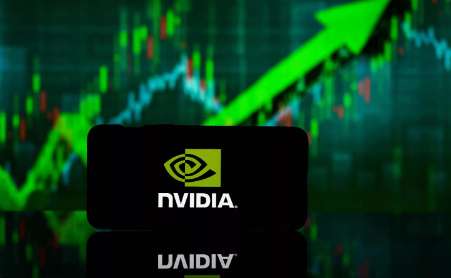GEA Group’s Capital Returns Show Promise, But Value Creation Remains Elusive
The GEA Group (ETR:G1A), a global leader in industrial machinery and process technology, has long prided itself on its capital efficiency. Recent financial trends, however, reveal a nuanced picture: while the company has achieved growth in operational metrics like EBITDA margins and order intake, its Return on Invested Capital (ROIC) has been slipping—raising critical questions about whether its expansion is truly value-adding.
Ask Aime: Which factors are contributing to the decline in GEA Group's Return on Invested Capital, and how is this impacting their overall investment strategy?

ROIC Declines, But Not All Hope Is Lost
GEA’s ROIC, a key measure of how effectively a company uses capital to generate returns, stood at 8.93% in 2023—a slight improvement over prior years. However, it fell to 8.34% by the end of 2024 before showing a marginal recovery to 8.58% in early 2025 (TTM). This trajectory, while not catastrophic, is concerning because GEA’s weighted average cost of capital (WACC) now sits at 9.53%—meaning the company is destroying value on its incremental investments.
Ask Aime: What's going on with GEA's capital efficiency?
What’s Driving the Slippage?
- Invested Capital Bloat: The company’s invested capital grew from €5.11 billion in 2023 to €5.15 billion in 2024, driven by expansion in high-margin service businesses (now 38.9% of revenue). While services are profitable, the capital required to scale them hasn’t translated into proportional ROIC gains.
- Tax Headwinds: A rising effective tax rate (up to 24.12% in 2024) reduced Net Operating Profit After Tax (NOPAT), squeezing returns.
- Margin Gains vs. Capital Deployed: Though EBITDA margins expanded to 15.4% in 2024—beating targets—this didn’t offset the drag from higher invested capital.
The Mission 30 Gamble
GEA’s Mission 30 strategy, launched in 2024, aims to push EBITDA margins to 17–19% and return on capital employed (ROCE) over 45% by 2030. While ROCE (a related but distinct metric) has already hit 32.7%, the ROIC-WACC gap remains a glaring vulnerability. To close it, GEA must either:
- Reduce invested capital through operational efficiency,
- Lower its cost of capital (unlikely without credit rating improvements), or
- Boost NOPAT by leveraging its service business further.
Competitor Context: Lagging the Peer Group
GEA’s 1-Year Incremental Capital ROI (ROIIC) of -0.53% in 2024 ranked worse than 53.78% of industrial peers, underscoring execution challenges. While its service model drives recurring revenue, the capital intensity of its industrial equipment business may be weighing it down.
The Bottom Line
GEA Group is a company with clear strengths: it’s outperforming on margins and growing services, which now account for nearly 40% of revenue. Yet its capital efficiency metrics tell a cautionary tale. With ROIC still below WACC, expansion risks destroying shareholder value unless the company can reverse this trend.
Investors should watch two key indicators:
1. Whether ROIC can surpass 9.5% (WACC) in 2026, and
2. How Mission 30’s focus on margin and ROCE translates into better capital returns.
For now, GEA’s story is one of progress but not yet triumph—a company with the tools to succeed but still grappling with the arithmetic of value creation.
Final Takeaway: GEA’s operational improvements are real, but its struggle to generate returns above its cost of capital clouds its long-term growth narrative. Investors should tread carefully until the ROIC-WACC gap closes.
Data sources: GEA Group AG annual reports, investor presentations, and financial filings.










